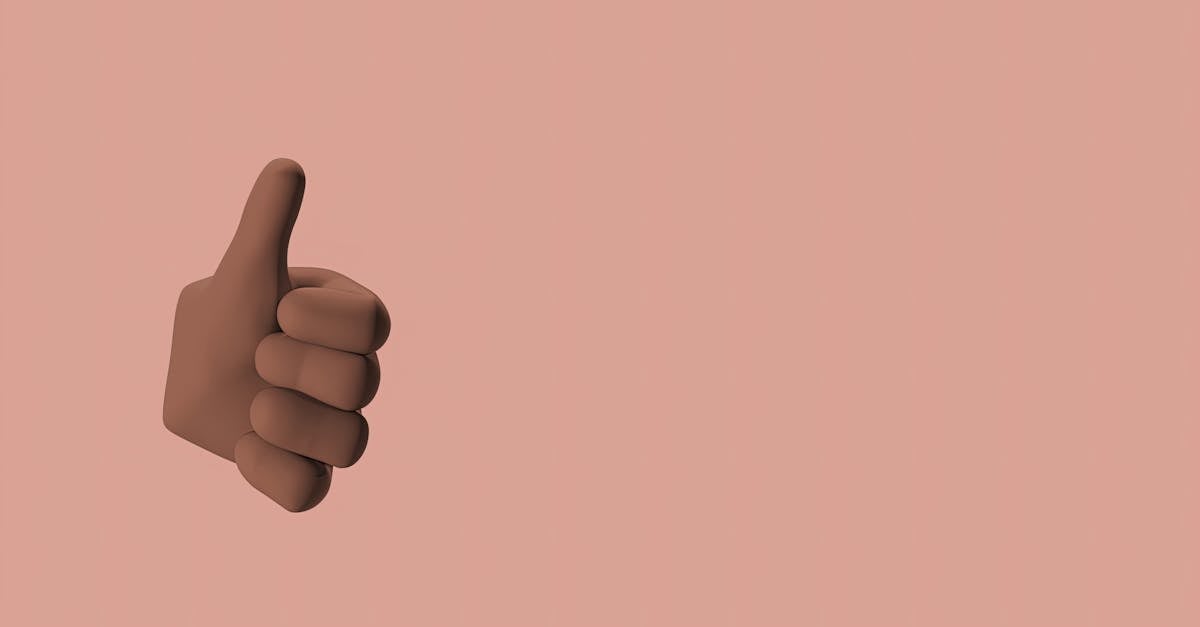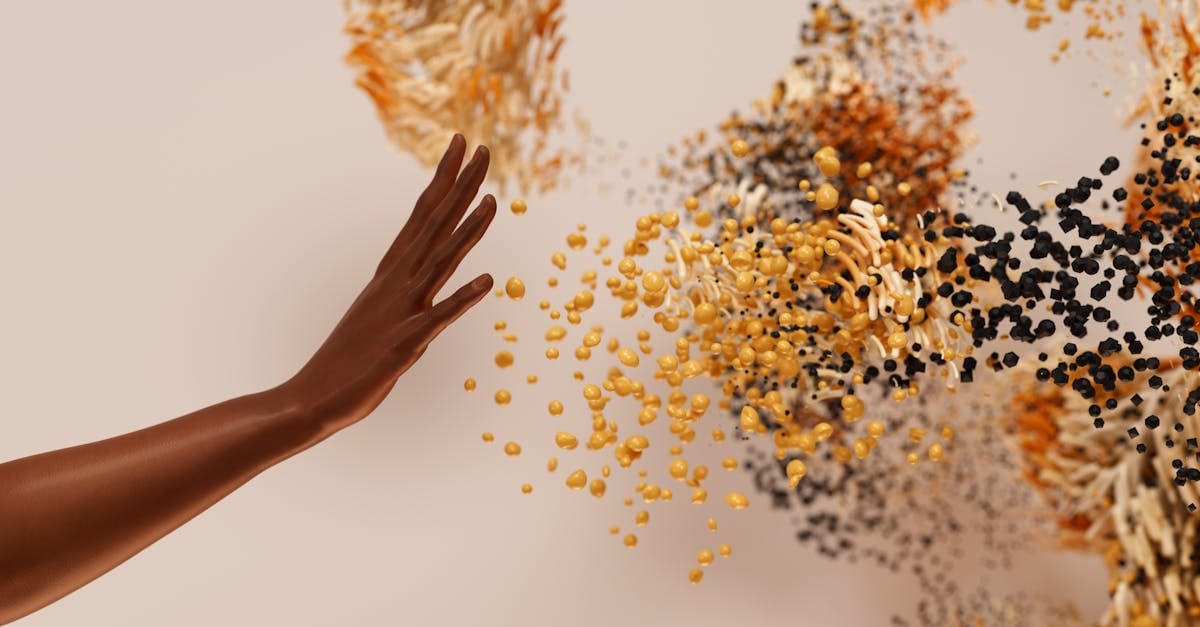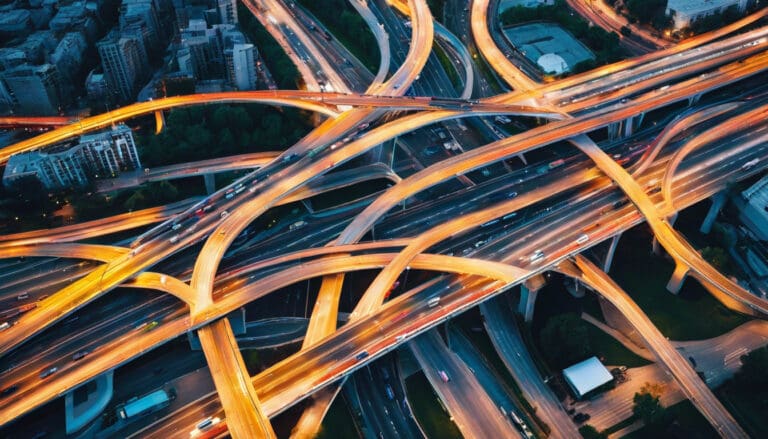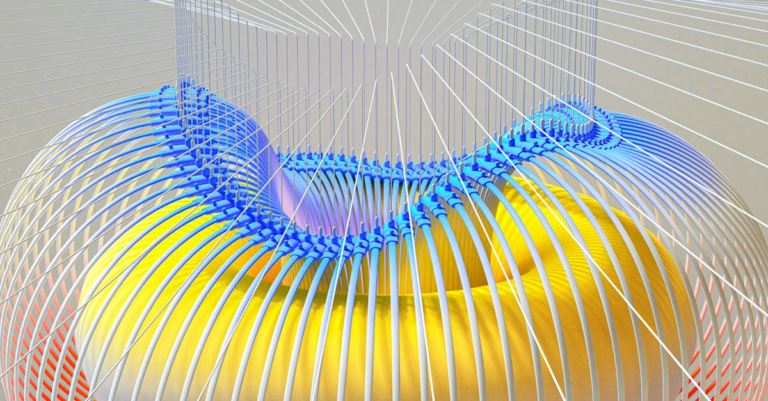5 Proven Methods for Enhancing Your AI Art Creation in 2024
As an artist exploring the exciting world of AI art creation, I find myself at the crossroads of technology and creativity. Navigating this realm opens up countless avenues for inspiration and innovation. It’s a blend of human intuition and AI’s capabilities that fascinates me. The art landscape in 2024 reflects a dynamic shift, much like the historical introduction of photography. In this context, I relate to many who see AI not as a replacement, but as a complement to traditional artistic methods, providing new tools and possibilities that expand our creative horizons.
With AI evolving rapidly, I compare tools like Midjourney and DALL-E 2 to the early internet search engines, offering fresh ways to generate images and ideas. These applications don’t just speed up my process; they inject a new element of creativity that I hadn’t imagined before. Yet, as Craig Boehman suggests, there’s more than just the tools—there’s a personal connection in art that can’t be replaced. AI-generated art supports my vision, but the final touch, the heart of the artwork, is still mine to decide.
Curious about enhancing your artistic journey with AI? Dive into the full article to discover how you and I can harness new methods to amplify our creative expression. Let’s explore these innovations together!

Photo provided by Google DeepMind on Pexels
In the article
AI Art Creation in 2024
In 2024, AI art creation is more exciting than ever. I see new and amazing techniques that blend technology and creativity. It’s not just about making art with machines but about finding ways to express ideas in fresh and innovative forms. AI in art has come a long way, and I think it provides us with tools that expand what we can do in the art world.
When I look at how AI-generated art is changing, it’s clear to me that we have many more options than before. AI art tools are now more sophisticated, helping artists like me to explore new styles and techniques. Sometimes, I find myself surprised by the results, which seem to reflect a unique intelligence creativity that we couldn’t achieve alone. These tools do not replace the artist’s vision but enhance the input artist creation by providing alternative perspectives and solutions.
Integrating AI in Art
I’ve discovered that integrating AI in art for creative ideas is a fascinating process. It offers a blend of machine input and human touch, resulting in something entirely new. Artists can now push boundaries, testing artistic limits while also breaking free from traditional constraints.
For example, there are artificial intelligence artists who use AI as a medium to express themselves uniquely. They don’t just use AI as a tool but as a creative partner. With AI in museums becoming more common, people are starting to appreciate how AI can shape art rebuttal by providing new insights and inspiring artistic creations.
The Role of Creative AI
Understanding the role of creative AI in the art world is important for anyone interested in this evolving field. Creative AI acts as a collaborator, providing input that can lead to unexpected artistic breakthroughs. From robotic painting to digital art, AI creativity is enhancing what artists can achieve.
One way I see this is through the blending of AI and traditional art methods, which creates something new and exciting. The creative AI helps expand artistic horizons, offering tools that can bring a different angle to artificial intelligence work. It’s like having a conversation with another artist who speaks an entirely new creative language.

Photo provided by Pavel Danilyuk on Pexels
Embracing Robotic Art
Robotic art is another exciting aspect of the AI art creation landscape. To me, it offers fresh perspectives and new ways to create. By using robotic tools, artists can explore the limits of what can be done with technology and create art that feels both familiar and brand new.
Robotic Painting Techniques
I’ve learned that robotic painting techniques open up a whole new world of possibilities. Artists can now experiment with machines to see how they interpret art. The improvement in AI-generated art has been remarkable, offering new ways to visualize ideas and concepts.
- Experiment with robotic tools to find unique art styles.
- Merge digital art with AI to discover innovative creations.
By combining AI art market tools with traditional methods, artists can create works that feel both ancient and futuristic. This amalgamation of methods provides a platform for innovation and experimentation, setting the stage for entirely new art forms.

Photo provided by cottonbro CG studio on Pexels
Harnessing AI in Museums
AI’s presence in museums is reshaping how we experience art. It’s a powerful tool that brings new experiences to both artists and audiences, encouraging interaction and engagement through creative displays.
AI’s Impact on Exhibits
The impact of AI on museum exhibits is truly amazing. It enhances displays by integrating technology with traditional art forms, providing new ways to see and understand creative works. AI in museums is not just about presenting art but about using innovation to enhance displays through AI innovation.
This integration allows museums to offer interactive experiences that engage visitors more deeply. I believe that robotic curators and AI-enhanced exhibits can provide a rich educational experience, connecting visitors with art on a more personal level.
AI-Enhanced Visitor Interactions
Engaging visitors with AI creativity has transformed the museum experience. I see how AI tools can guide visitors through exhibits, offering insights and explanations that enrich their understanding. This revolutionizes museum tours, making them more interactive and informative.
By focusing on engaging content, museums can attract more visitors and offer them a deeper connection to the art. Through innovative technologies, visitors can experience art in ways that were not possible before, allowing them to appreciate the nuances of the artwork and the art answer it provides.
Showcasing Digital Art
Utilizing AI for digital art curation is another exciting development. AI-driven exhibits allow museums to showcase AI-generated art improvements in a way that highlights the creative potential of technology. By innovating exhibits with AI displays, museums can offer something truly unique.
These displays not only highlight the artistic value of the pieces but also show how technology can enhance the art viewing experience. It’s a chance to see art with new eyes and appreciate the nuances of AI-driven creativity.

Photo provided by Google DeepMind on Pexels
Future of AI-Generated Art
Exploring the future of AI-generated art gives us insight into how this technology might influence art going forward. I see it as a tool for growth and exploration, offering artists new avenues to pursue their creativity.
AI’s Collaborative Potential
The collaborative potential between AI and artists is vast. AI and artists can work together to create something greater than either could achieve alone. By supplementing human artistry with AI, artists can push limits and explore new creative territories.
AI supplements artistry by providing new tools and techniques that complement traditional methods. I find that this collaboration offers fresh opportunities, allowing artists to delve deeper into their creative processes and address challenges more effectively.
Addressing AI Art Concerns
Tackling issues in AI-created art is crucial as this field grows. Balancing AI and human creativity ensures that the art remains true to its roots while also embracing innovation. I believe that addressing these concerns leads to a more inclusive and creative art environment.
By understanding both the potential and the limitations of AI in art, artists can better integrate technology into their practice. This balance ensures that while AI may provide new tools and inspiration, the human touch remains central to the creation and appreciation of art.
Unlocking Creative Potential with AI Art
After exploring these methods, I’ve realized just how much AI offers artists like me in expressing creativity. The combination of technology with traditional art forms opens new windows for inspiration and innovation. I encourage anyone in the art world to consider how AI can become a powerful ally in developing their unique style while maintaining their own artistic vision and heart expression.
To take the next step, I can start by experimenting with different AI tools to see which ones complement my creative process. There are many options available, and finding the right fit can enhance my workflow and inspire new ideas. Therefore, I should focus on integrating AI technologies in a way that supports and elevates my natural artistry.
Text prompts and AI tools like Midjourney and DALL-E 2 are excellent starting points, so I suggest trying them out to simplify and enrich your creative projects. Sharing experiences with other artists can also be beneficial, potentially leading to collaborative opportunities and fresh perspectives. Embracing AI in art doesn’t mean losing the human touch but rather expanding it, so I encourage you to explore and innovate with confidence.







